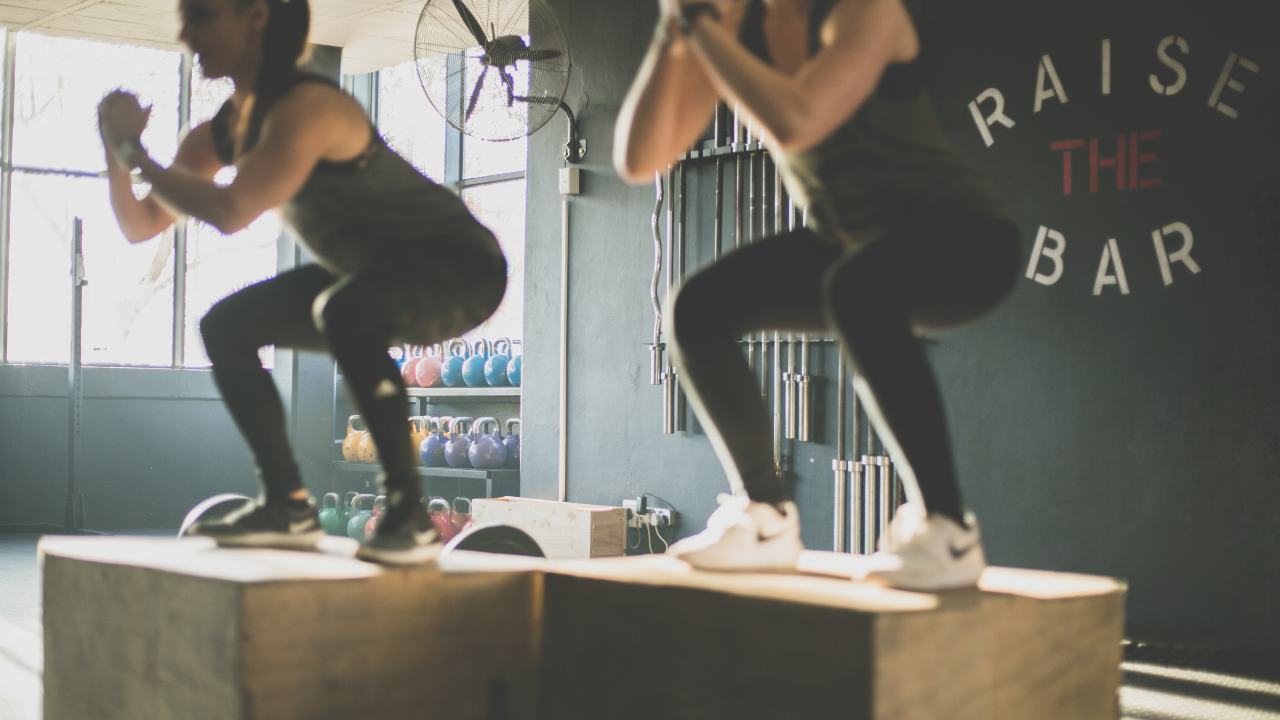Neighbourhood gyms are usually filled with people dedicating a disproportionate amount of time working on building their chest and biceps, but one look further down will confirm your doubt that they haven’t paid the same attention to their legs.
The internet is awash with memes about people – men in particular – skipping leg day despite possessing an impressive upper body physique. Compare that with footballers who are typically lean, and yet have explosive leg strength, albeit thanks to the nature of their sport, but appear more aesthetically pleasing to the eye due to the proportional nature of their bodies. Legs contain some of the largest muscles in our body and ignoring them is not only visually less appealing, but unhealthy in the long run. A simple squat, which doesn’t necessarily require the use of weights, is a great exercise to build toned as well as powerful legs, and one of the most critical in terms of developing strength. [caption id=“attachment_7817871” align=“alignnone” width=“1280”] A simple squat, which doesn’t necessarily require the use of weights, is a great exercise to build toned as well as powerful legs.[/caption]
Benefits of doing squats
The squat is a great exercise to not only work on your legs, but also tone up your glutes as well as strengthen your core, increasing blood flow to your legs. Squats are not only important for people who spend a large part of the day sitting down, but it is also important for more active people like runners, who can improve their overall strength and stamina through this vital exercise. Whether performed without weights or with a barbell behind your back, squats are an exceptional way to keep the lower half of your body in shape. The glutes and legs, as well as your calves, are worked in this intense exercise. As the squat is also a compound exercise (exercises that work multiple muscles groups at the same time), it also simulates real-world movements and activities while carrying out daily chores.
The bodyweight squat
If you’re new to exercising or prefer doing your exercises without additional weights, simply follow these instructions for the conventional squat. There are multiple variations for doing squats, one of which is assuming a wider stance with your feet pointing outwards, which is particularly beneficial for those looking to tone and lose extra fat from their inner thighs, along with the hips as well as the other muscle groups in the lower half of your body.
- Stand straight with your feet shoulder-width apart.
- Hold out your arms straight in front of you or bend them at the elbow and clasp your hands in front of your chest.
- Now bend your knees and lower your body as if you’re about to sit on a chair. Keep your back straight, don’t bend forward as you do this.
- Go low enough so your thighs are parallel to the floor or work up to this if you can’t yet.
- Push your body up and straighten your knees to come back to your original position. This is one rep.
Sets and reps: Start with 3 sets of 10 reps.
Variations of squats
Equipment required: A full-size barbell and a pair of weights based on individual preference and strength, a resistance band and a kettlebell Sets and reps: 3 sets of 10-15 reps
How to do it:
- Have the barbell resting on a squat rack and stand under it with your legs slightly more than shoulder-width apart
- Rest the barbell on your back with your hands comfortably gripping it next to your shoulders
- Lift the barbell off the resting position and slowly squat down while keeping your chest out, head up and back straight until your hip is aligned with your knees
- Push your heels down on the ground and slowly push yourself up in the same motion. This is one rep.
With a resistance band, stand on top of the band with your feet shoulder-width apart while grabbing the ends with your hands at shoulder level. Keep the posture and movements the same as while doing it with a barbell, or without any weights. With a kettlebell, hold the weight with both your hands under your chin and your elbows out, and legs shoulder-width apart. Keep the posture and movements the same as while doing it with a barbell or a resistance band. Tip: Try to squat down as low as possible, and move back up as explosively as possible. Also try to make sure your knees don’t go beyond your toes when you’re squatting down, which indicates poor technique and your back is probably not straight. For more information, please read our article on Exercises For A Bigger Butt. Health articles in Firstpost are written by myUpchar.com, India’s first and biggest resource for verified medical information. At myUpchar, researchers and journalists work with doctors to bring you information on all things health.


)

)
)
)
)
)
)
)
)



